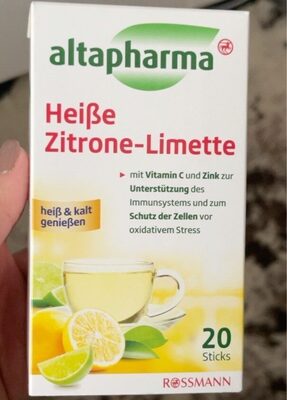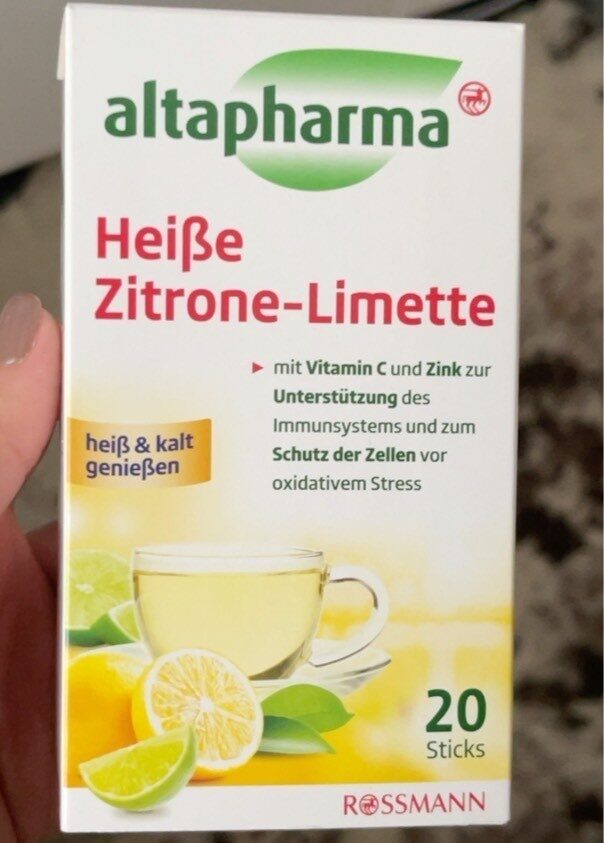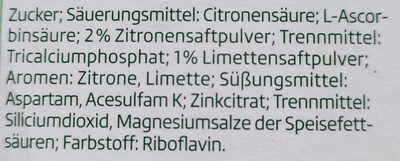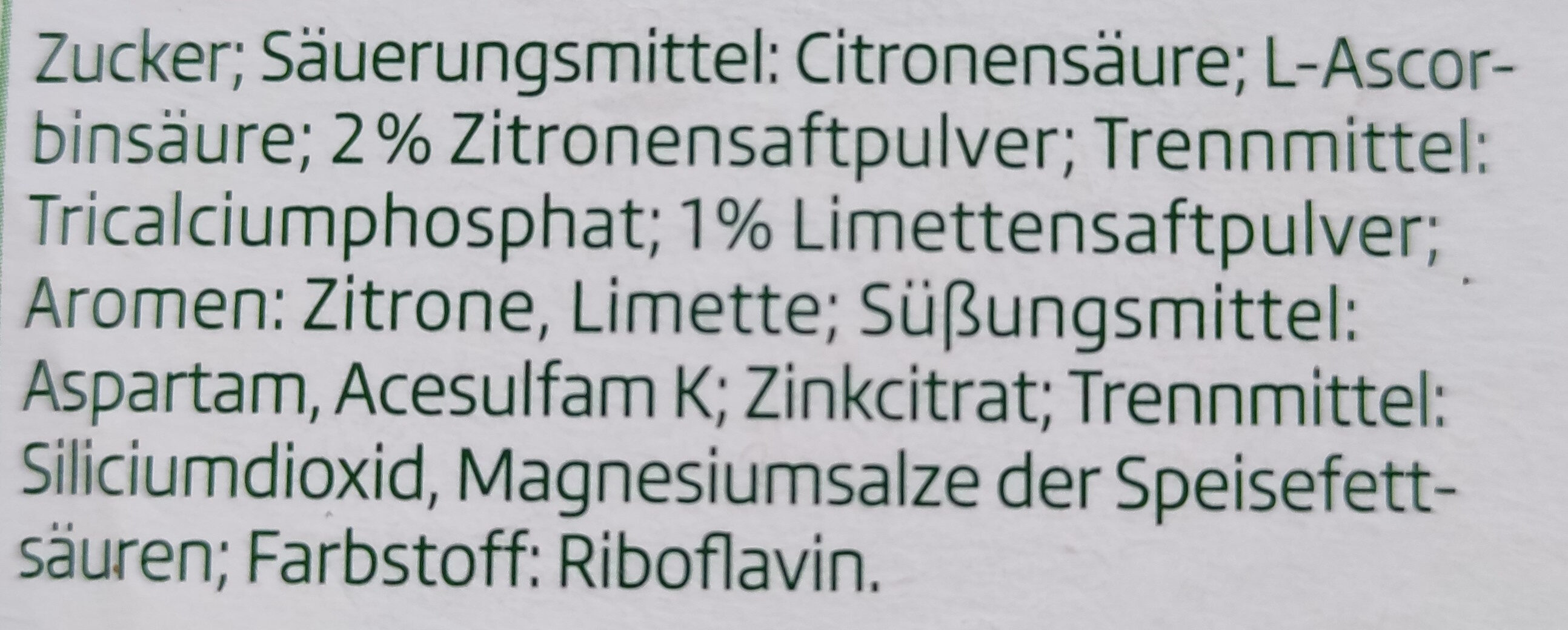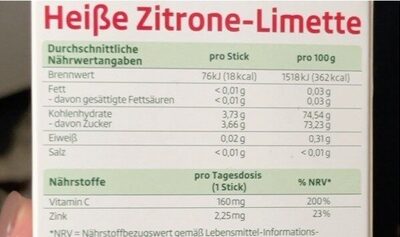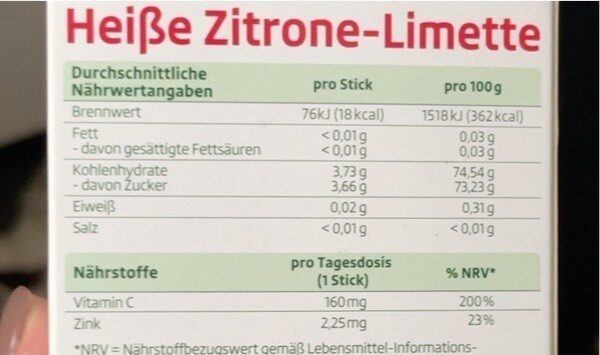Heiße Zitrone- Limette - altapharma - 100g
This product page is not complete. You can help to complete it by editing it and adding more data from the photos we have, or by taking more photos using the app for Android or iPhone/iPad. Thank you!
×
Barcode: 4305615619415 (EAN / EAN-13)
Quantity: 100g
Packaging: Paper
Brands: Altapharma, Rossmann
Categories: Beverages, Hot beverages, Dietary supplements
Labels, certifications, awards:
FSC, FSC Mix
Link to the product page on the official site of the producer: https://www.rossmann.de/
Stores: Rossmann
Countries where sold: Germany
Matching with your preferences
Environment
Packaging
Transportation
Report a problem
Data sources
Product added on by friedrichmeichsner
Last edit of product page on by roboto-app.
Product page also edited by ecoscore-impact-estimator, kiliweb, openfoodfacts-contributors, packbot, yuka.sY2b0xO6T85zoF3NwEKvllcbUPffo2n5OEPUxx2snOiUAr3RbY1y8IvxMqs.
